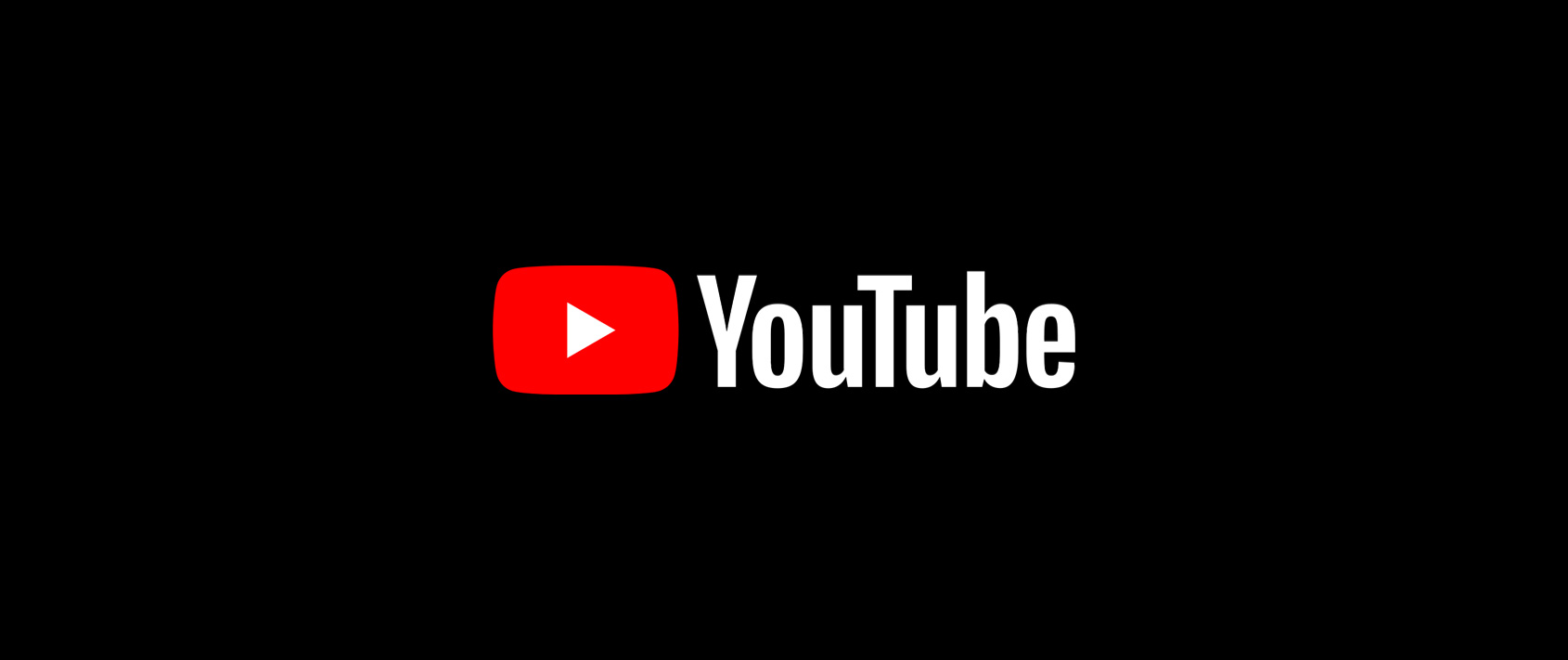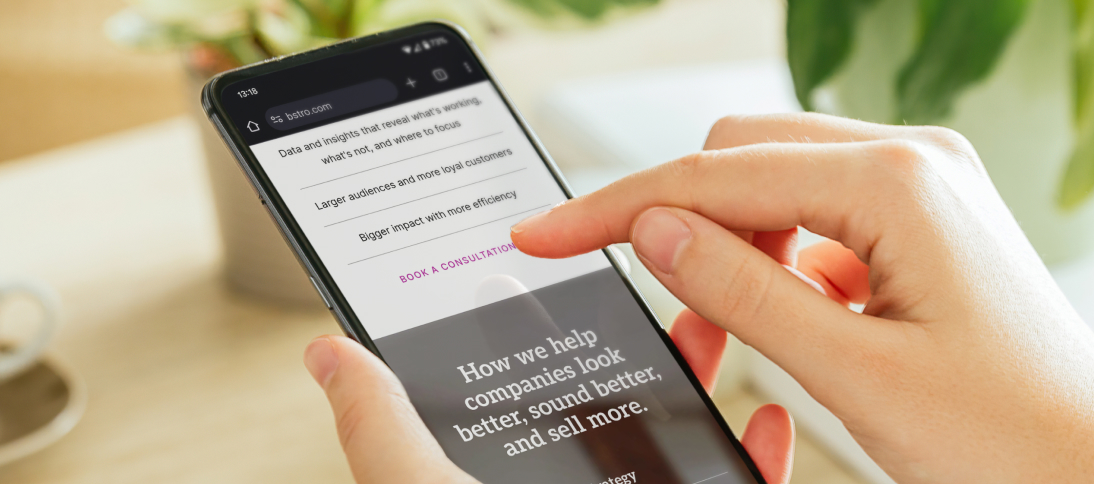April 23 is an important date in the annals of internet history: It’s the date the first video was posted to YouTube.
It’s a video of co-founder Jawed Karim, standing by the elephants at the San Diego zoo for a grand total of 18 seconds. Not exactly earth-shattering, but the revolution of online video that YouTube ushered in certainly is.
Watch it here:
Online video — and later, mobile video — changed the way we interact with the internet and the online world. Everything from TikTok and Netflix to Zoom video conferencing owe something in their lineage to YouTube and the advent of online video streaming.
Now, nearly two decades later, it’s hard to imagine the internet, or indeed our world, without video streaming.
YouTube was initially built as a social media platform for the sharing of video — but it quickly evolved into the second most popular search engine (after parent company, Google). And as a child of Google, YouTube introduced a new user interface and experience that prioritizes views and clicks over authenticity.
This creates a “content arms race” among content creators, as Yuji Develle, an expert in internet culture, explains:
“Having created an environment of brevity and virality, content creators have been played at their own game. While providers seek to present as much content to users as possible, so as to maintain and increase daily active usage, content creators have engaged in a content arms race of proportions never previously witnessed.”
Which came first — short-form content or shrinking attention spans?
Because videos on YouTube are rewarded by the algorithm for their “brevity and virality,” creators have often pushed their content into shorter and punchier formats.
Google “YouTube and attention span” and you’ll find dozens of articles admonishing creators that if their videos don’t hook viewers in the first 3 seconds, they will click away.
But which came first: our notoriously short attention spans, or the media catering to it?
Somewhat infamously, Microsoft published a study in 2015 that our collective attention spans had dropped 25% in just 15 years. Pundits were quick to blame the decrease on the advent of the mobile internet — including smartphones and, you guessed it, YouTube.
And, honestly, it seems as though plenty of online media at the time — Twitter, Vine, and others — were specifically designed for short attention spans. One hundred and forty characters. Fifteen-second videos. Six-second bumpers. The shorter the better.
Marketers, understandably, took this as a sign that the content they created needed to align with these waning attention spans: short, punchy, but also loud and flashy in an attempt to snatch that attention away from whatever is above or below in the feed.
Today’s trends, however, seem to be indicating users might be ready to go in a different direction. TikTok is extending the length of videos you can make and post. Twitter first extended tweets to 280 characters, and when that wasn’t enough, people started creating tweet threads; now they’re even testing on-platform articles.
What is clear is that when the content is engaging, we’re happy to binge. Netflix users watch 3.2 hours of content per day on average. Average podcast listeners consume more than four hours of content each week, and 93% report they listen to all or the majority of each episode.
So which is true? Which statistics should marketers pay attention to when deciding what kind of content to create?
This is one of those “both and” situations, and the takeaway is all about nuance.
We have microscopic attention spans — and love in-depth content
A more recent study out of Princeton and Berkley found that our attention pulses in and out four times per second. The researchers suggest that this must be an evolutionary advantage, creating a fluid attention experience.
(Thankfully, nobody is yet suggesting 250-millisecond content to cater to that pulsing attention span.)
That fluidity means that our attention can be snatched away by anything (useful, I’m sure when we were being stalked by predators on the regular) but also that we have a great capacity to focus. In modern terms, that means we can binge content for hours at a time, and people still gravitate toward quality long-form, in-depth content — even when there is tantalizing bite-sized content also on offer.
Twitter is a great example of this. Their niche as a platform started with the idea of enforced brevity, but they attracted a huge user base of writers, journalists, and others who have more to say. Those users started creating the trend of Twitter threads, essentially a series of tweets strung together, and now the platform is testing hosting long-form articles, presumably so that those same thought leaders can share deeper insights without sending people off the platform.
And that’s the real name of the game, isn’t it? Online media companies want to keep users on their platform for as long as possible; content creators want to keep audiences engaged with their specific content as long as possible.
The difference between the content that barely warrants one 250-millisecond pulse of our attention and that which engages us for a multi-hour binge is both simple and elusive: quality. And the medium, frankly, doesn’t matter.
The Takeaway: Focus on quality content and let the attention spans take care of themselves.
That first YouTube video was 18 seconds long, but it sparked a revolution. It wasn’t the length of the video, or really even the content, but rather the potential it represented that launched an entirely new era of content on the internet.
Today, marketers, brands, and content creators would be wise to look beyond whatever the latest headlines are bleating about our dwindling attention spans and general cognitive decline as a species, and instead focus on creating truly high-quality content — no matter the medium — that will defy the odds and keep audiences engaged.
Quality content, whether presented as a 280-character tweet or a 2,800-word article, will find its audience and engage them, and that level of engagement is the standard marketers and brands should be striving for.



